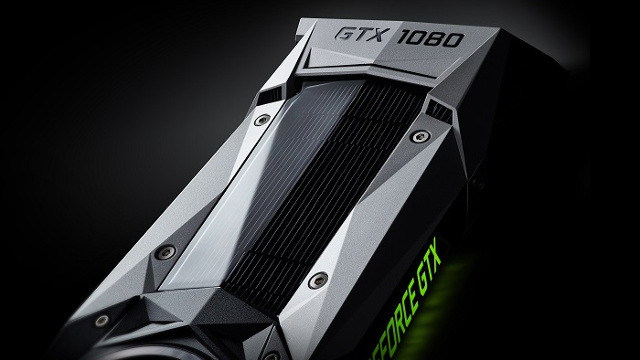September saw Nvidia release the new RTX 20-series graphics cards. Along with those cards came Nvidia’s auto-overclocking OC Scanner feature, which was exclusive to the new Turing graphics cards. A new version of MSI’s Afterburner software brings Nvidia Scanner overclocking to Pascal cards like the GTX 1080.
MSI Afterburner version 4.6.0 Beta 10 expands the one-click overclocking tool to the full range of Nvidia 10-series graphics cards. Nvidia Scanner is an API package that gives third-party manufacturers the ability to bring auto-overclocking features to their individual graphics utilities. Upon activation, Scanner evaluates and alters graphics card voltages and frequencies, eking more performance out of the card wherever possible. Recent program tests show that it works well, although not as good as manually tuning overclock rates.
Of course, manually tuning requires a lot of testing, restarts, and technical knowledge to get the best results. The draw of Nvidia Scanner is that users can get more performance from their graphics cards without fiddling endlessly with voltages and frequencies.
MSI bringing the feature over to Pascal cards would suggest that other manufacturers, like EVGA, will add Scanner to their software as well. Of course, users can download and use MSI Afterburner no matter their card’s manufacturer. If you are interested in downloading MSI Afterburner, you can find the latest beta build here. The latest build also adds support for the Turing GPU architecture, Nvidia’s 20-series cards.
What makes Nvidia Scanner unique in the world of overclocking is its use of a test environment to determine peak card performance. In a roughly 20-minute test, the Scanner program will run through an intensive algorithm testing for failures at various frequencies and voltages. It does this to ensure 100 percent stability at overclocked speeds. This is partly why the auto-overclocking is not as good as manual overclocking, as the system will work to protect itself from failure.







